What Can You Hunt in Montana? 9 Common Game Species
Last Updated on
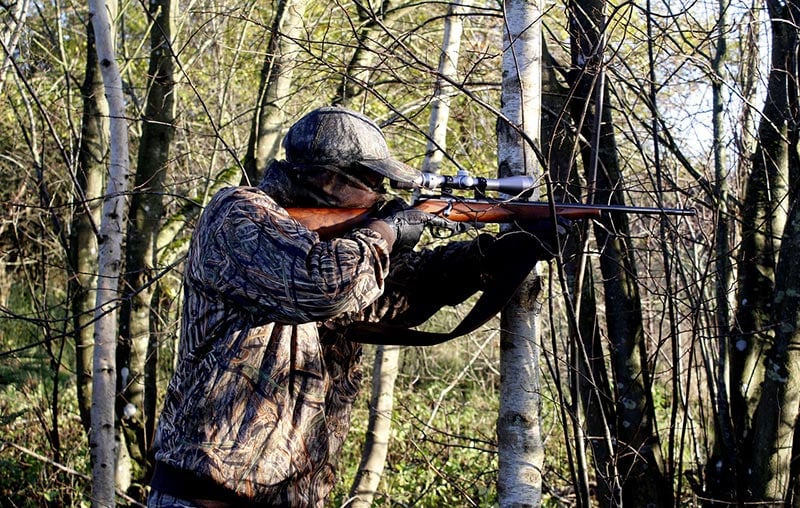
Montana is no less than a heaven for hunters. It is home to various game species, such as ducks, geese, elk, pronghorn, bear, mountain goat, and many more. So, no matter what you want to hunt, you will likely find it in Montana.
You’ll need a hunting license to start capturing game species in Montana. Unfortunately, the structure can be hard to understand, especially if you’re a beginner. The Fish and Wildlife Commission (FWP) also changes the hunting rules and license quotas annually.
Always check the hunting regulations every year before hunting Montana’s wildlife. If you’re looking for a quick list to start planning your hunting day, we have compiled 9 common game species in Montana in this guide. Let’s check them out.

The 9 Common Game Species in Montana:
Look for these game species the next time you visit Montana:
1. Elk
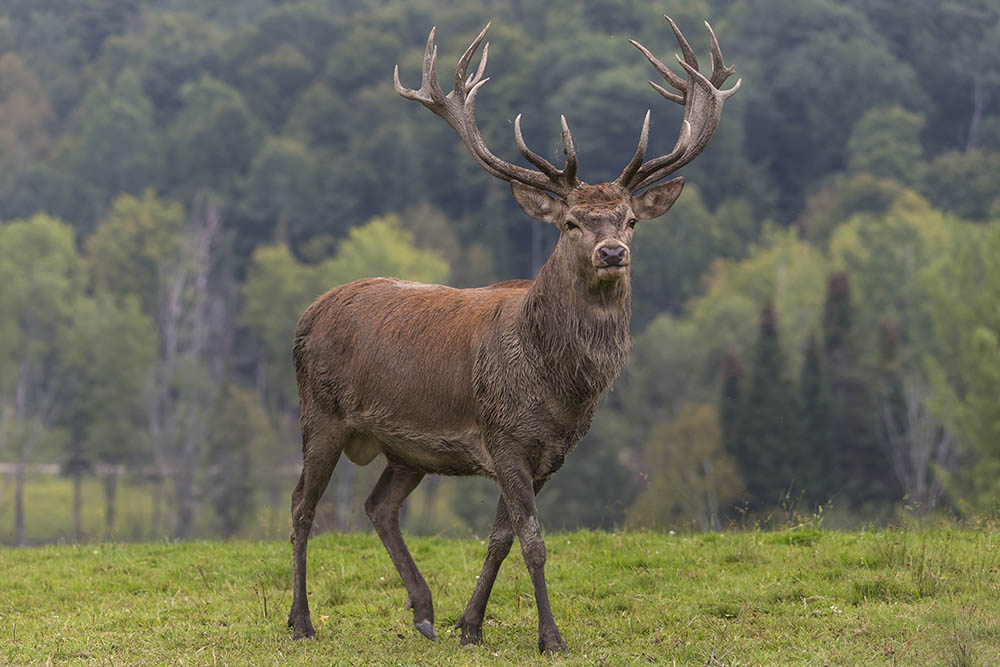
The high-pitched sound of a bull elk echoes through Montana’s mountains. If you’re planning to go hiking in the majestic mountains, you’re sure to listen to the elk bugle.
These animals typically consume grasses. During the summer, you may also find these animals on public lands, such as high-elevation conifer forests, sagebrush grasslands, deciduous forests, and low-elevation lands.
When it snows, elk travel to lower winter areas on public lands, including valleys and river bottoms. Some elk species do not migrate at all. Since these animals are generalists, you can find them anywhere in Montana at different types of elevations.
The mating season or rut for elk starts from mid-September to October.
2. Pronghorn (Antelope)

Pronghorns are known as “speed goats” among hunters. They are an exciting game species in Montana that requires hunters to use their stalking skills.
These animals consume grasses and shrubs when the vegetation is fresh and green. When the grasses seem dull or less nutritious, pronghorn shifts to eating the tips of woody shrubs.
3. Moose

Moose hunting has strict regulations and expensive tags, but the animal is worth all the hassle. They primarily consume shrubs and grasses when the vegetation is nutritious and green. When the nutritional content decreases, moose migrate to areas with different deciduous shrubs.
You may find this game species in riparian areas (water-adjacent places) and forests dominated by aspen. If you’re visiting Montana in summer, look for moose in shaded areas of conifer forests.
During the fall, these animals move to shrub-dominated areas. Some can be migratory, while others are not. Migratory moose travel from high-elevation areas to low elevations when it snows. The best time for the moose rut is from mid-September to mid-October.
4. Bear
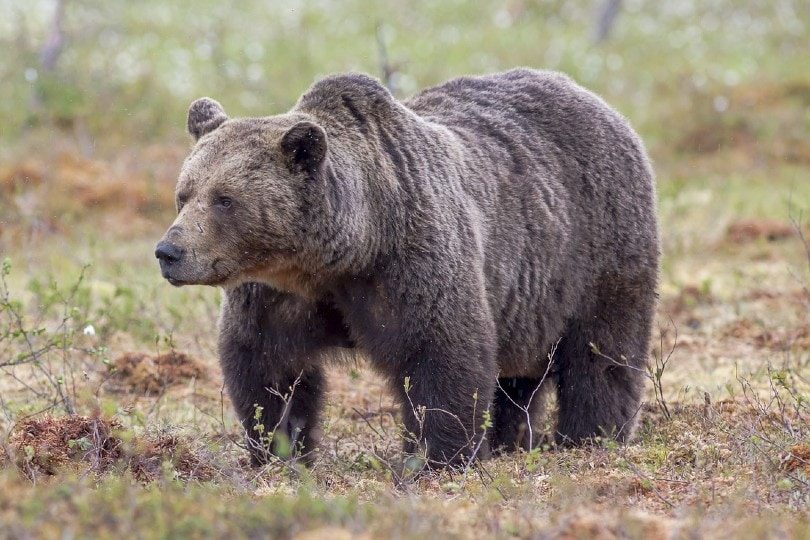
When we think of bears, a large and terrifying animal comes to mind. Yet, the animal is popular among hunters due to its tasty meat and beneficial fat utilized for culinary use. Many hunters hunt for bears to keep their skin as trophy rugs.
Bears are omnivores. They eat vegetation, green grass, leaves, berries, live prey, and carrion. These animals are also diverse in their habitats. So, you can find them in forested habitats, river bottoms, and open landscapes with good food sources.
Black bears in Montana give birth during winter in a den. Plus, they hibernate from October to May. So, adjust your hunting schedule accordingly to not miss these game species in Montana.
5. Mountain Goat
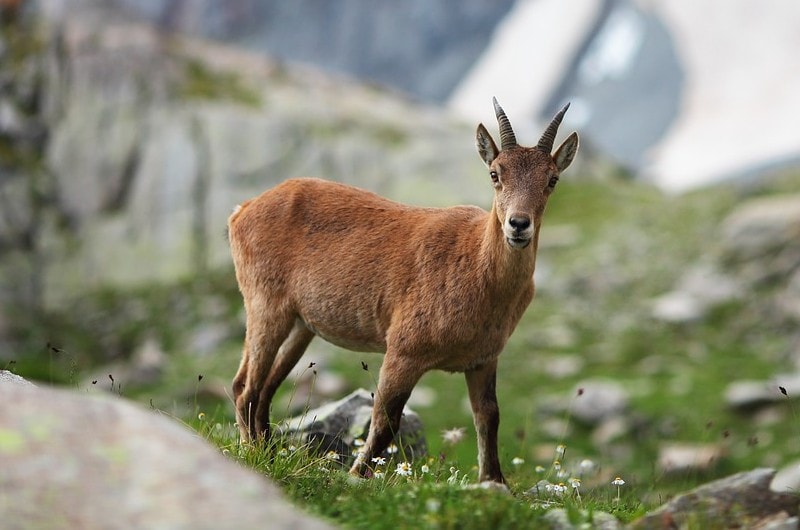
Evident from their name, mountain goats are the residents of mountainous regions. They usually consume grasses, shrubs, lichens, and coniferous tree needles primarily found in high-elevation areas.
You’ll likely find these animals on steep terrain and escape cover in timbered areas. Some mountain goats are migratory, while others are not. During winter, migratory goats travel up and down through the elevation to find food.
The mountain goats of Montana begin their rut in November through December.
6. Wolf

Wolves are native game species in Montana distributed across the state’s western areas. These animals live in areas with low human presence and high prey populations. They are quite active throughout the year.
Wolves are carnivores, so they always keep an eye on their prey. The common items included in a wolf’s diet are large and small animals, carrion, and berries. A single pack can occupy a territory of around 150 square miles.
7. Mule Deer

Mule deer are one of the remarkable animals that capture the attention of most hunters. They are mostly found foraging on vegetation, including shrubs and grasses while they are still green and nutritious.
In multiple parts of Montana, mule deer live in high-elevation conifer forests, sagebrush grasslands, and deciduous forests. Then, during fall or winter, they migrate to low-elevation areas.
In winter, they gather in low and mid-level elevations concentrated with shrubs. Mule deer can be migratory or non-migratory, so you can find them almost anywhere in Montana. The rut of these game species typically occurs in November.
8. Bighorn Sheep

Bighorn sheep are an iconic game species in Montana. These animals were about to become entirely extinct but were preserved by the management’s efforts. Unfortunately, you can only hunt bighorn sheep with an awarded tag.
These animals consume grasses and shrubs throughout the year. In most parts of Montana, bighorn sheep like to live in steep and open areas. However, they also prefer rocky terrain with open grasses.
The migration behavior of bighorn sheep significantly varies. Some travel a little but stay at almost the same elevation while others don’t migrate at all. Bighorn sheep are highly adaptable, so they can spend the winter anywhere with food sources.
The bighorn sheep rut starts in mid-November and continues till early January.
9. White-Tailed Deer
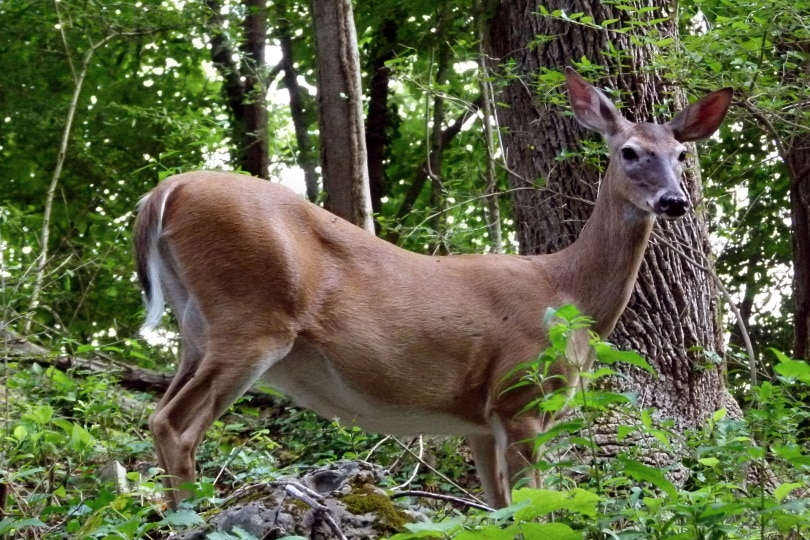
If you’re explicitly going to Montana to hunt deer, you’re definitely in for a treat. Montana hosts another type of deer species: white-tailed deer. These animals are mostly found in low-elevation areas and valleys in private lands.
White-tailed deer eat grasses and the tips of woody shrubs. Some deer may also migrate to high-elevation areas in the summer. Additionally, the white-tailed deer rut happens throughout all of November.

Hunting Licenses in Montana
A hunting license enables an eligible person to hunt a game species in Montana. Once you’ve obtained the license, you must follow the regulations to hunt animals legally.
- Species
- Gender
- Horn/antler class or age
- Who can hunt
- Number of hunts
- Dates for hunting
- Hunting districts
- Hunting method
Hunting licenses in Montana are available every year. The license selling time starts from March and continues till the end of February. Limited hunting licenses are given through a lottery called a “drawing” and require an application.
You can also get an unlimited hunting license at specific times. One person can obtain a permit that stays valid for only one season.

Final Thoughts
Montana offers nine unique game species to hunters looking to explore the state’s mountainous regions. You can get your hands on several game species in Montana, including elk, white-tailed deer, bighorn sheep, black bear, moose, mule deer, wolf, mountain goat, and pronghorn.
To hunt these animals, you must first get a hunting license in Montana. You can easily apply on the state’s FWP website. The state residents have more affordable license acquisition opportunities than the nonresidents. So, evaluate your options accordingly and ensure that you hunt legally.
Featured Image Credit: mtorben, Pixabay
About the Author Jeff Weishaupt
Jeff is a tech professional by day, writer, and amateur photographer by night. He's had the privilege of leading software teams for startups to the Fortune 100 over the past two decades. He currently works in the data privacy space. Jeff's amateur photography interests started in 2008 when he got his first DSLR camera, the Canon Rebel. Since then, he's taken tens of thousands of photos. His favorite handheld camera these days is his Google Pixel 6 XL. He loves taking photos of nature and his kids. In 2016, he bought his first drone, the Mavic Pro. Taking photos from the air is an amazing perspective, and he loves to take his drone while traveling.
Related Articles:
What Is the Best Binocular Magnification for Hunting? Optical Features Explained
Can You Use Binoculars to Look At Stars? How to Choose the Right Pair
How to Sight a Laser on a Pistol (8 Tips & Tricks)
What Game Can You Hunt in North Carolina? 25 Common Game
Can You Hunt Coyotes? Methods, Reasons, & Tips
What Can You Hunt in Hawaii? 9 Common Game Species (With Pictures)
Can You Hunt With a Handgun? Pros, Cons, & Types
How to Use & Aim With Iron Sights for AR-15
